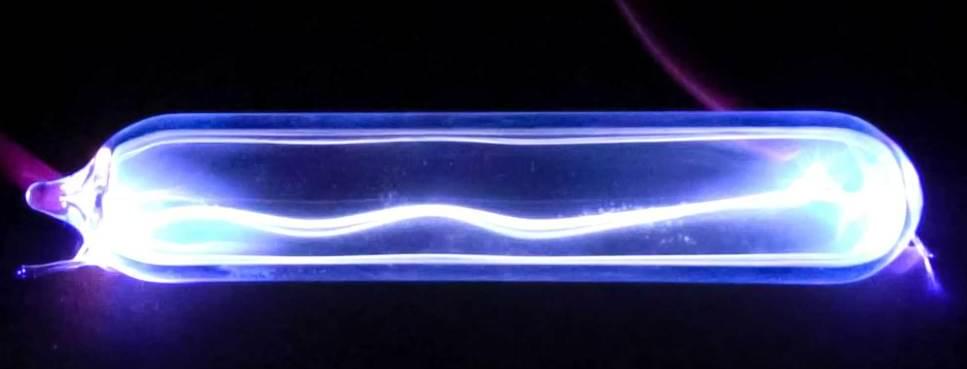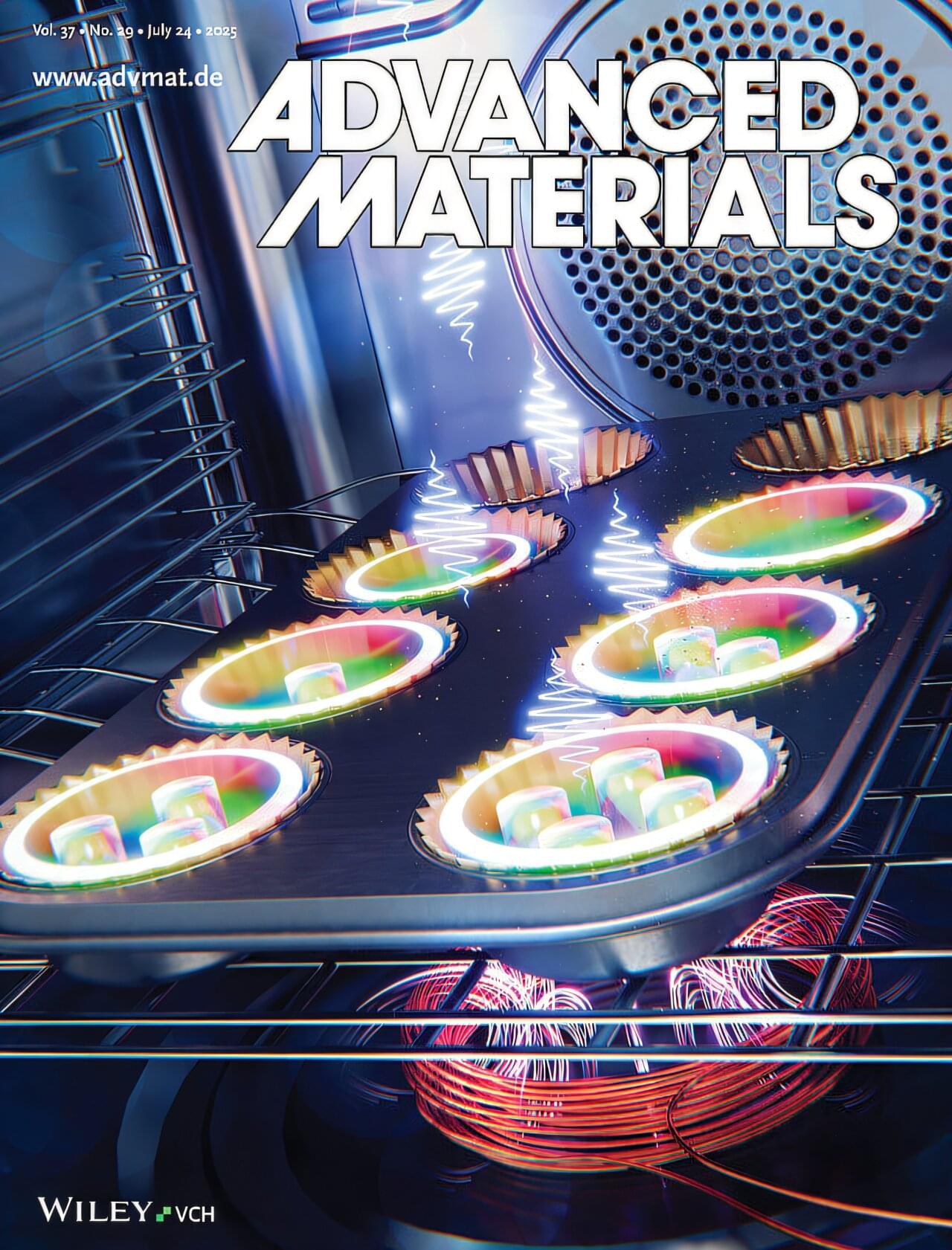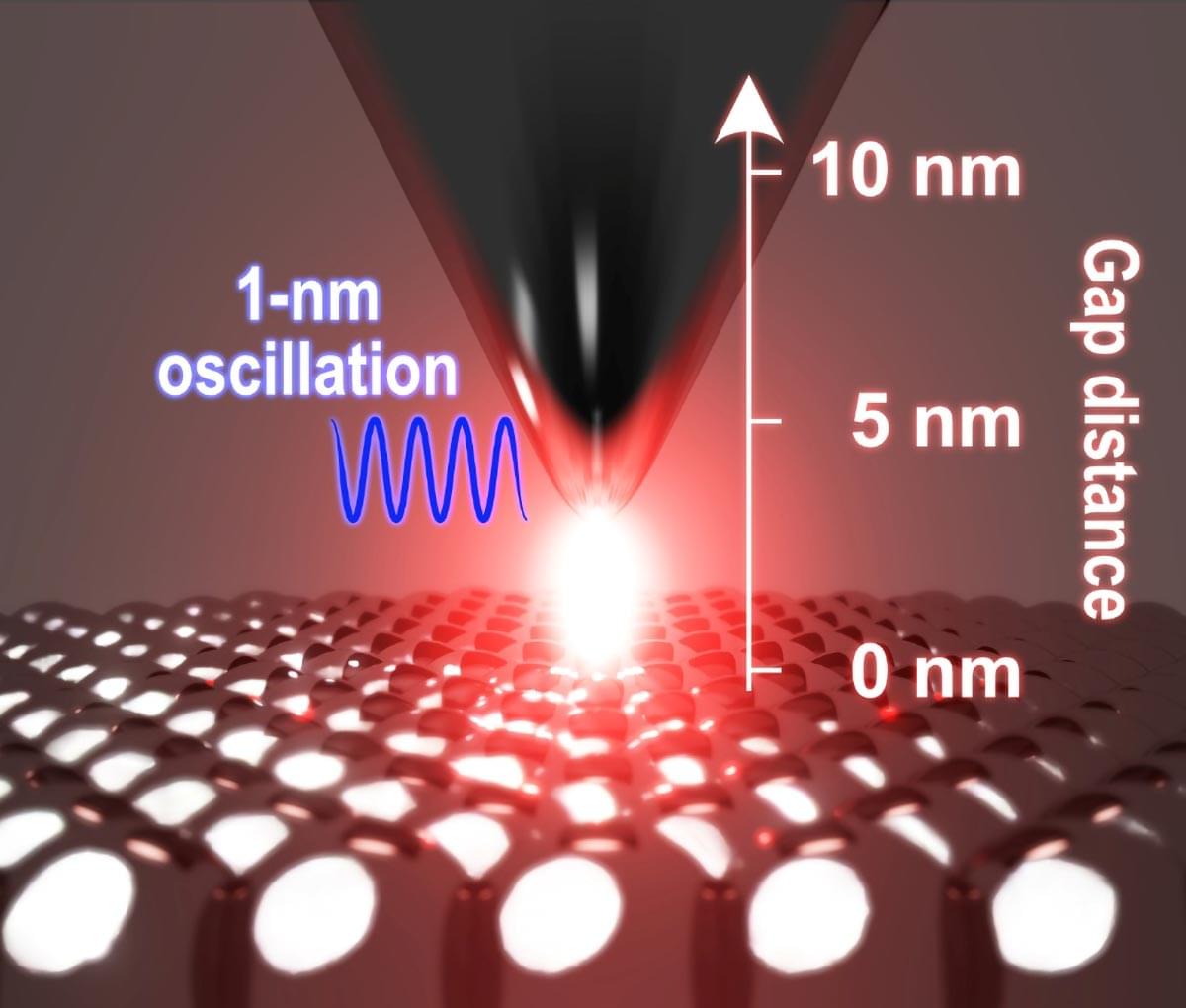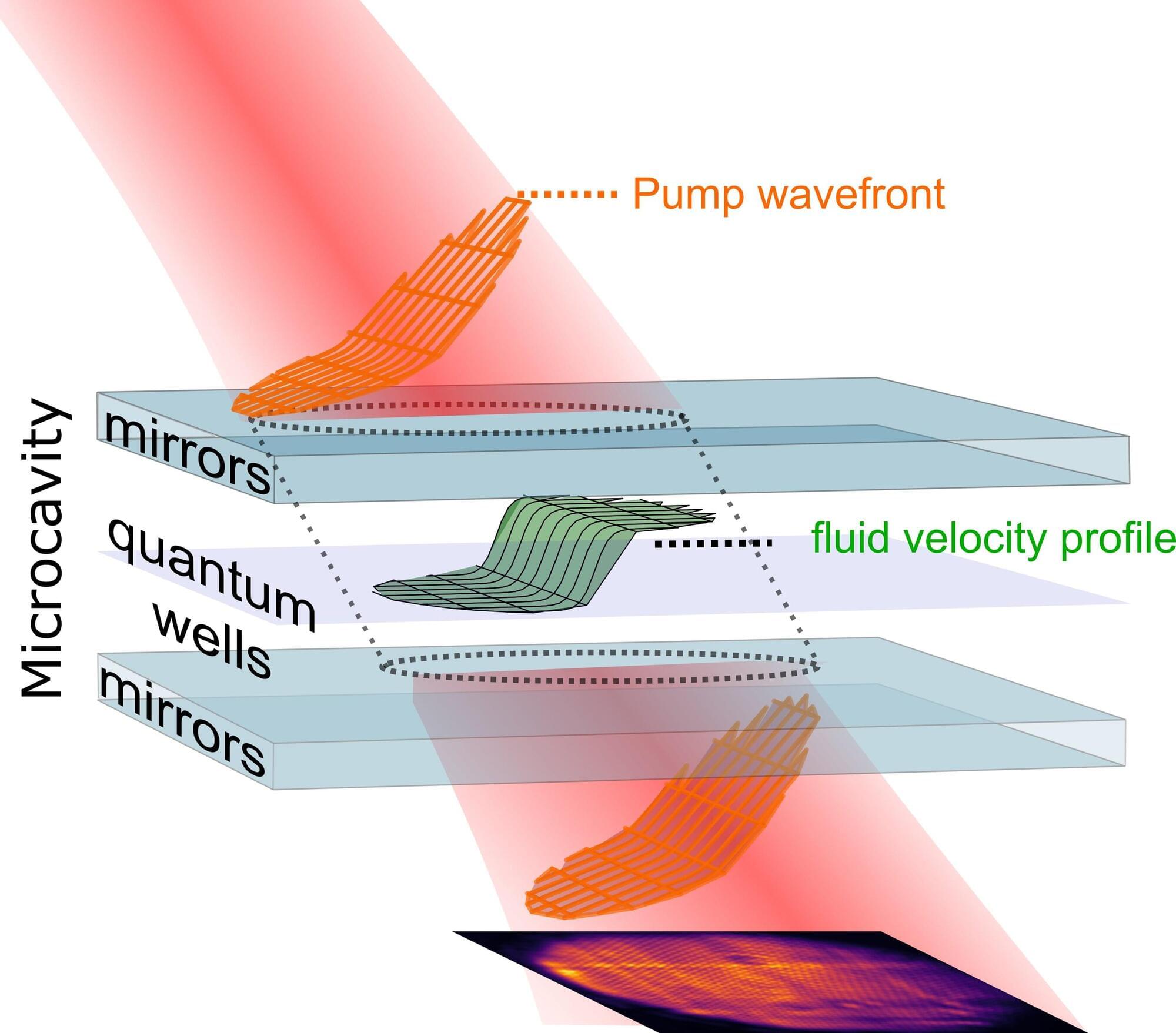It sees so much potential that it plans on investing in more than 25 plasma-related startups over the next five years. It is also opening a new Hax lab space in partnership with the New Jersey Economic Development Authority and the U.S. Department of Energy’s Princeton Plasma Physics Laboratory.
Nuclear fusion is an obvious place to seed plasma startups. The potential power source works by compressing fuel until it turns into a dense plasma, so dense that atoms begin fusing, releasing energy in the process.
“There’s so much here. The best ideas have yet to come to unlock a lot of potential in the fusion space,” Duncan Turner, general partner at SOSV, told TechCrunch.







